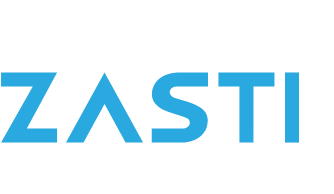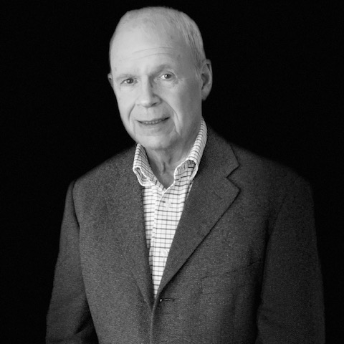Climate Change: Whose Problem Is It Anyway?
Zasti
Oct 1, 2021
The benefits of TCFD are numerous. The framework integrates organizations into an internationally standardized system for transparency and risk reporting. It provides analyses that are tailored to the metrics of specific organizations, while identifying new areas of opportunity. The ability to compare organizational performance against targets creates a system of accountability that can translate into significant sustainability gains. The channelling of these benefits into a single streamlined process contributes to TCFD’s value as a robust mechanism for climate risk disclosure.
All businesses would do well to hop on board the risk disclosure train before it is too late. Proactive transitions are key to a climate resilient future.





















